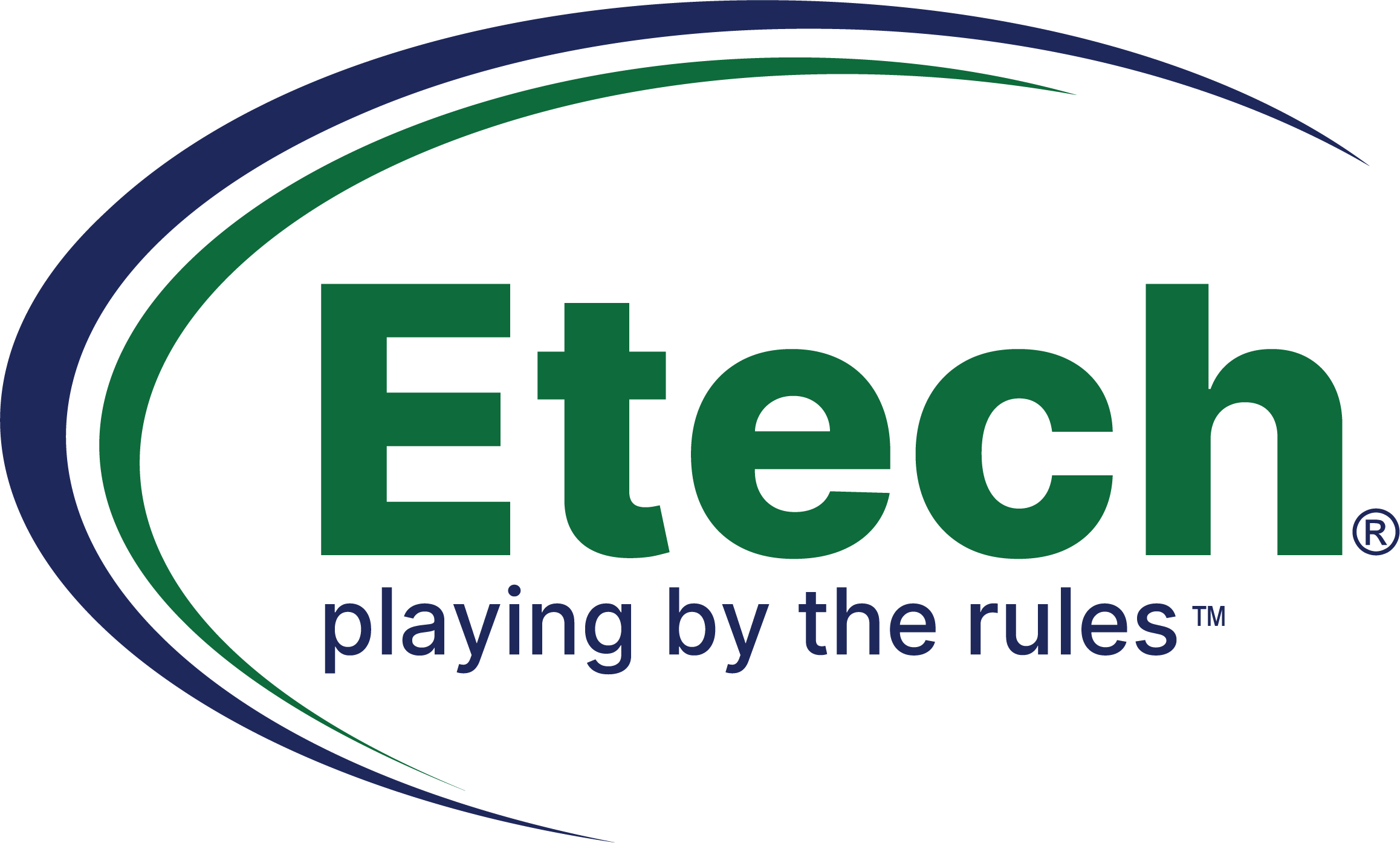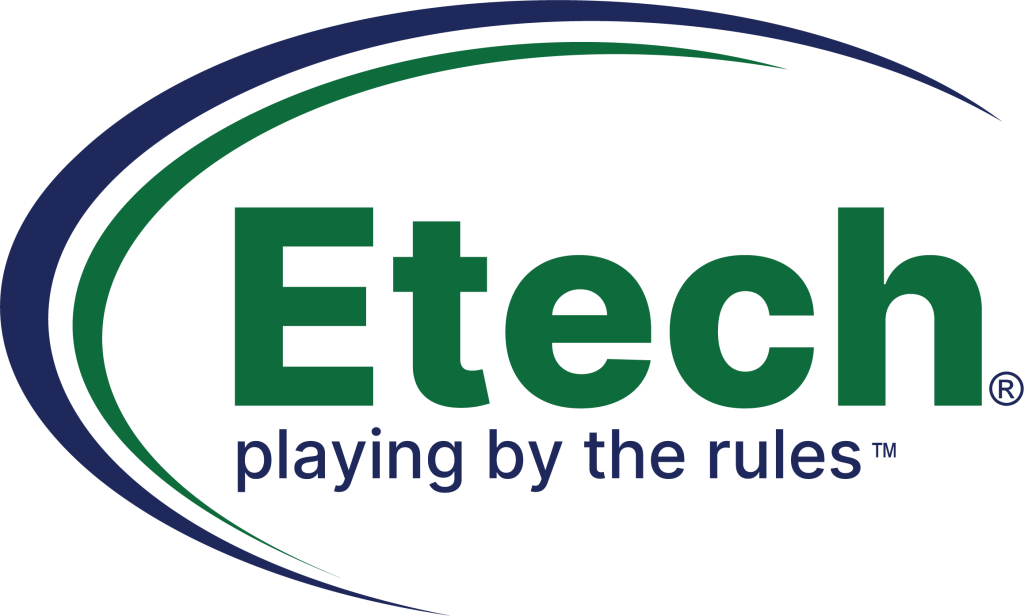Overcoming the Accent Barrier Using Live Chat
The Internet has helped to level the playing field in many regards, allowing business and commerce to span across countries and continents where such opportunities did not previously exist. One of the notable effects of this blurring of geographical lines has been that support representatives are often asked to serve customers who live in a different country, and thus, usually speak a different first language. At heart, this change is positive, allowing many people to find work in areas where limited opportunity exists. However, it does also create some amount of disconnect in cases where buyers are less satisfied with service which is inhibited by language barriers. In many cases, it’s less a matter of the words chosen and more about how they are naturally spoken based on local accents and dialects. This is one area where a live chat tool can be of great benefit. A Matter of Nuance Whether your business utilizes an offshore call center or simply employs local workers whose first language differs from that of your typical customer, you might already understand the impact of communication disconnect. This is not to say that hiring from all walks of life is a mistake or a threat to your business. On the contrary, many organizations benefit greatly from diversity in the workforce. The trick is utilizing the right kind of communication platform to capitalize on your team’s strengths. By relying on live chat tools, you can eliminate the hang-ups that some individuals experience when there is a difference in pronunciation. As contact center services can range from product questions to billing inquiries and company complaints, it’s important to ensure that nothing is effectively lost in translation. Quantifying Quality The CFI Group performed a study in 2010 which asked customers to rate their satisfaction with U.S.-based call centers versus those outsourced to foreign countries. The results were telling: Stateside, the satisfaction index reached 79 of a possible 100 points. For those locations staffed primarily by foreign representatives, the number dipped to 58. This relates to how easily understood agents were considered to be (score of 85 for U.S. versus 54 for international entities) as well as the perceived interest in resolving the customer’s issue (scores of 85 compared to 70). However, when comparing courteousness, the difference was less notable: a score of 87 for American call centers to 75 for offshore operations. This displays that most clients are receptive and understand that representatives mean to help, but the need for an equalizer still exists. The Live Chat Difference When utilizing a chat service for your e-commerce site, you can instantly eliminate the challenges presented by different accents among your staff members. As communications are text-based, there is little room for misinterpretation due to mispronunciation. Instead, customers can focus on receiving accurate, efficient information which will help them proceed with confidence in your company. In this instance, offshore call centers can actually be of great benefit. When your operations are broken up into different time zones, your team may in fact be better able to serve the greatest volume of customers without asking your team to work odd hours according to where they live. Final Thoughts The study by CFI Group highlights one core lesson: Trust is intertwined with understanding. If it’s difficult for shoppers to interpret what’s being said to them, it’s also difficult for them to trust the information. Consider the needs of your particular business and make sure to choose the right avenues of communication to receive the greatest benefit from your team of service representatives. This blog was written by Jim Iyoob, EVP Customer Experience and Operational Excellence for Etech Global Services. For more advice on creating an effortless customer experience utilizing chat or if you would like to learn more about Etech, feel free to contact me


